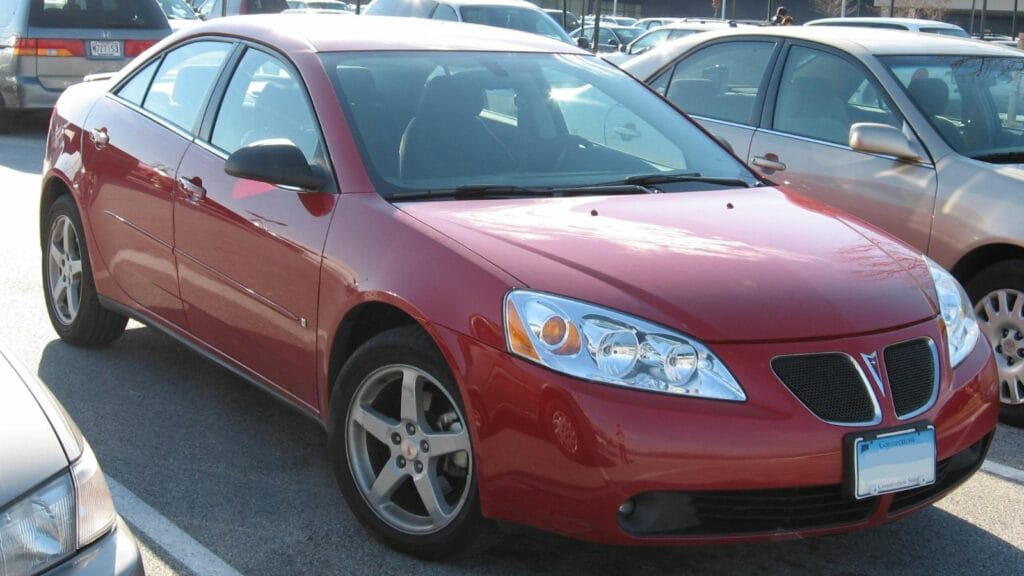Canadian drivers put their cars through some of the toughest conditions on the planet. Freezing winters, salted roads, long highway stretches, and endless city stop-and-go traffic mean engines have to be both strong and reliable. Unfortunately, not every car sold here was up to the challenge. Some models were plagued with weak engineering, poor quality control, or simply designs that could not hold up to real-world use. From constant oil leaks to full-blown engine failures, these are fifteen cars that Canadians are better off avoiding because of their problematic engines. Expanded here with more detail, the list highlights why these cars have earned their reputations for disappointment.
Dodge Journey
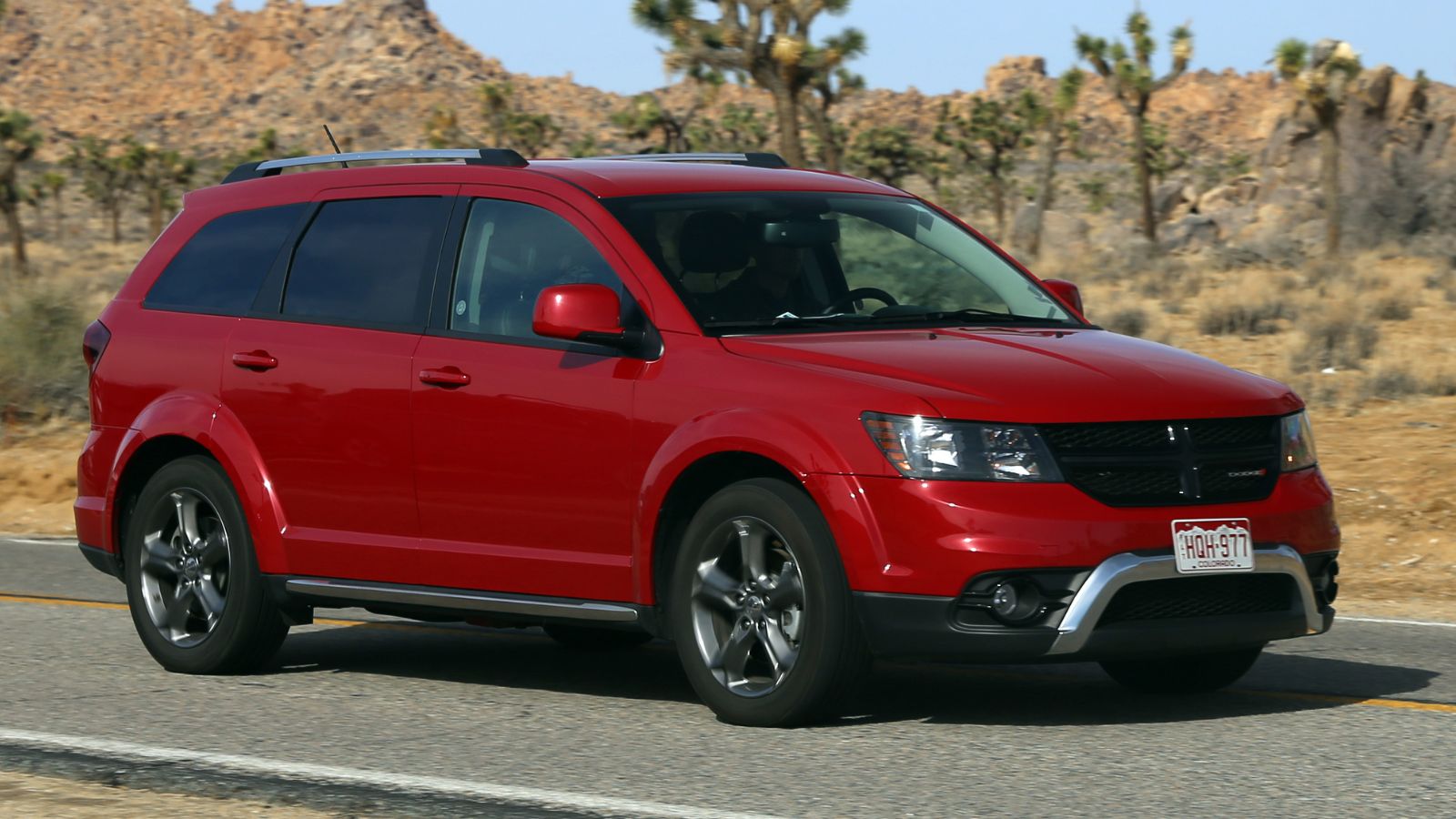
The Dodge Journey seemed attractive when new thanks to its low price and big interior, but its engines proved to be its biggest weakness. The four-cylinder version was painfully underpowered for a vehicle of its size, struggling on highways and guzzling fuel in city traffic. The V6 offered more grunt but was prone to overheating, head gasket problems, and premature wear on internal components. Canadians quickly learned that while the Journey was cheap to buy, it was expensive to keep on the road. Many examples ended up in scrapyards long before reaching high mileage, cementing its place as one of the worst engine offenders.
Chevrolet Equinox (2.4L)
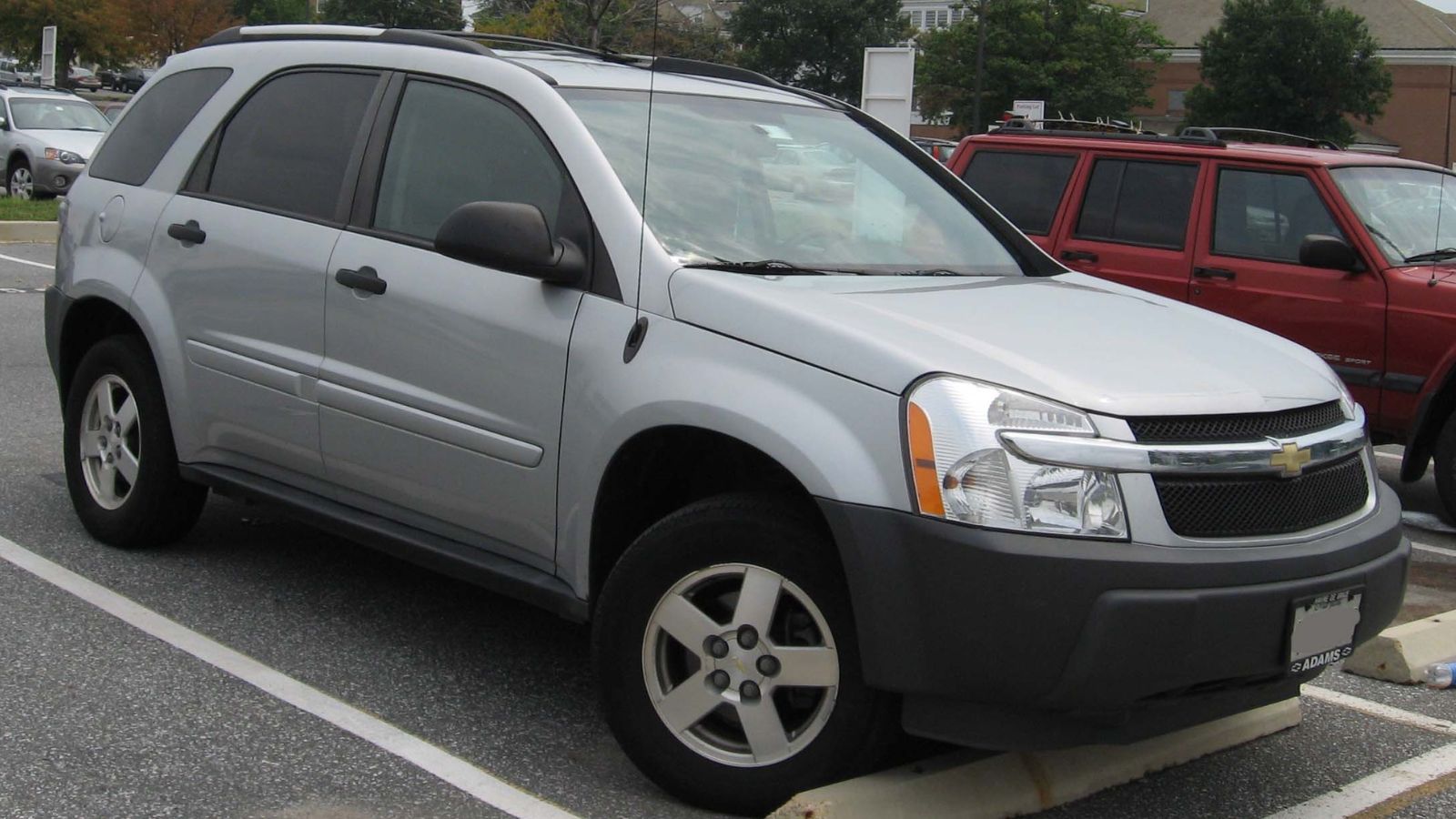
The 2.4-litre four-cylinder found in many Chevrolet Equinox models is infamous for excessive oil consumption. Owners frequently had to add litres of oil between changes, and in severe cases engines required rebuilds or replacements. Timing chain issues and piston ring failures only added to the misery. For Canadians, this was especially frustrating since the Equinox otherwise offered the size and comfort people wanted. By now, many used Equinoxes with this engine have astronomical repair histories, making them a risky gamble on the used market.
Ford Escape (EcoBoost Models)
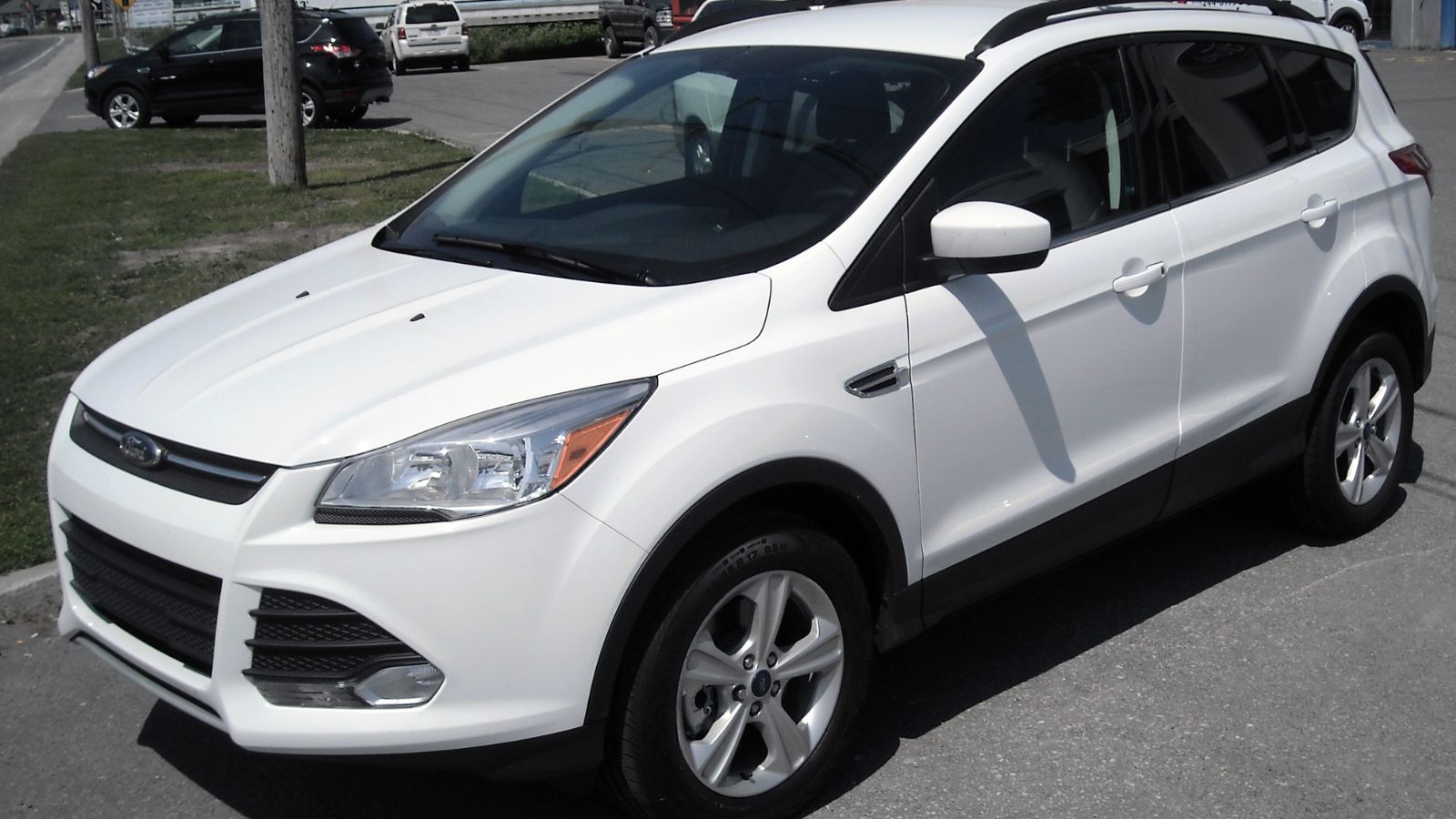
Ford marketed its EcoBoost engines as the perfect mix of power and efficiency, but in reality, they caused endless trouble for Escape owners. Cooling issues often led to cracked cylinder heads, while turbos failed prematurely, leaving owners with repair bills that ran into thousands. For Canadians dealing with cold starts and long commutes, these weaknesses only made things worse. While the Escape is a common sight on Canadian roads, the EcoBoost-equipped versions are known to leave owners stranded more often than they should.
Chrysler Sebring
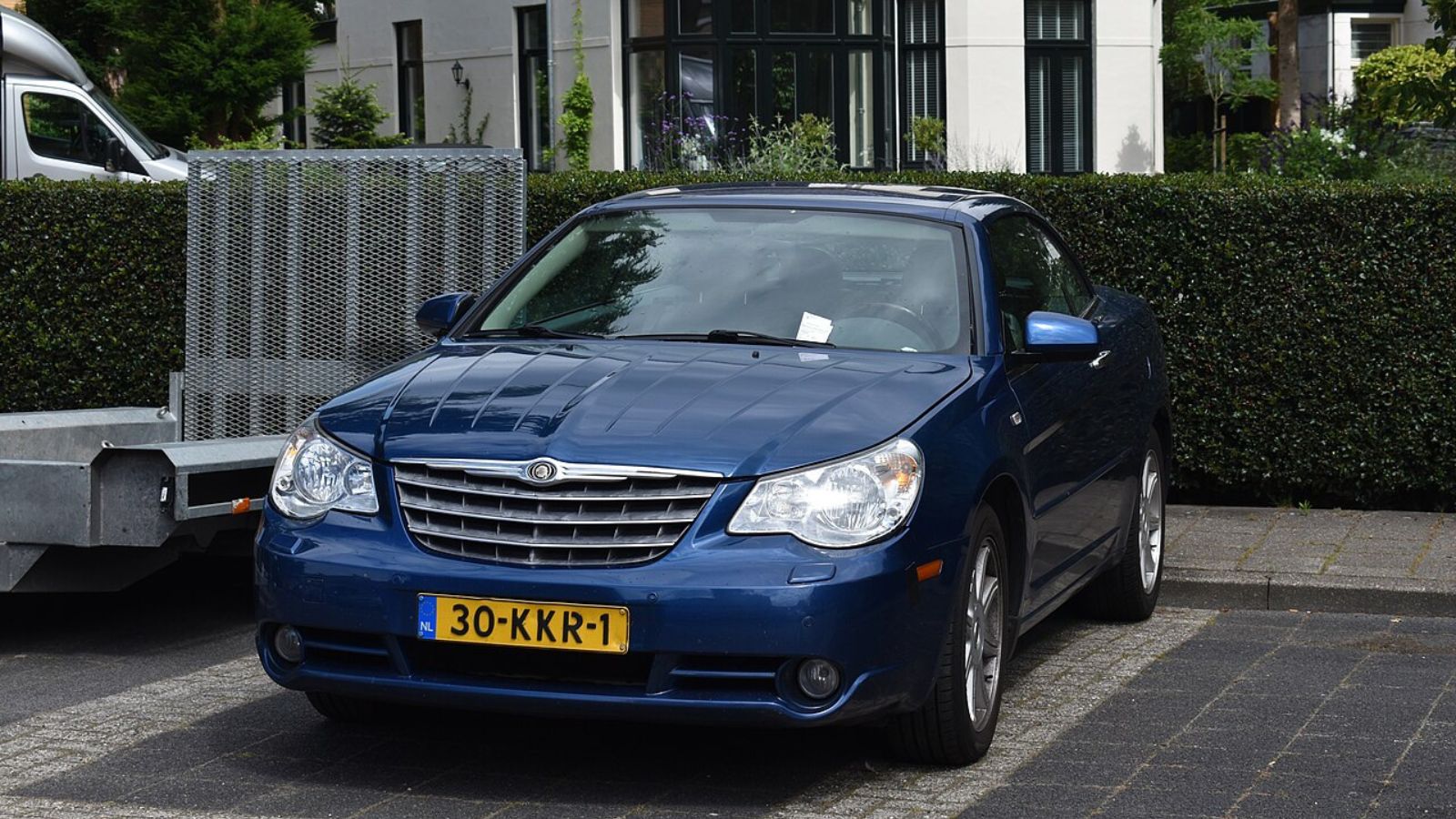
The Chrysler Sebring was never a favourite in Canada, but its engines sealed its fate as a car to avoid. The four-cylinder models were rough and noisy, while the V6s were plagued with oil leaks, timing chain problems, and premature gasket failures. In cold climates, these engines often struggled to start reliably. The Sebring’s reputation for being cheap and unreliable made it one of the most unloved sedans of its time, and the mechanical problems ensured few survive on Canadian roads today.
Hyundai Sonata (2011–2014)
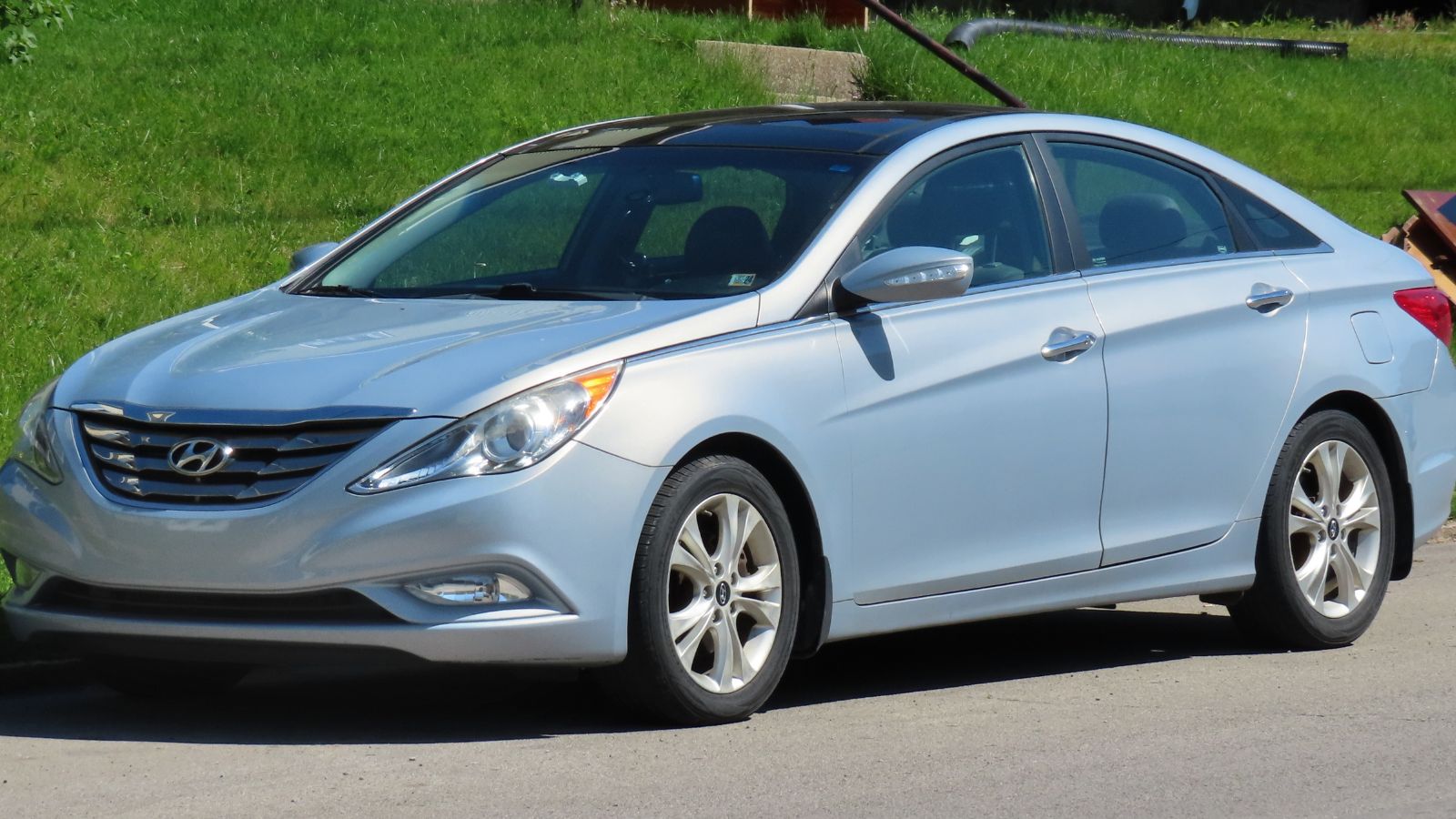
Hyundai built momentum with the Sonata, but the 2011–2014 models were tainted by widespread engine problems. The 2.4-litre and 2.0-litre turbo engines were prone to catastrophic failure due to metal debris from manufacturing flaws. Engines often seized without warning, leaving owners stuck with bills that sometimes exceeded the car’s value. Recalls were issued, but by then the damage to its reputation was done. In Canada, where reliability is king in harsh conditions, these Sonatas are best avoided entirely.
Kia Optima (2011–2014)
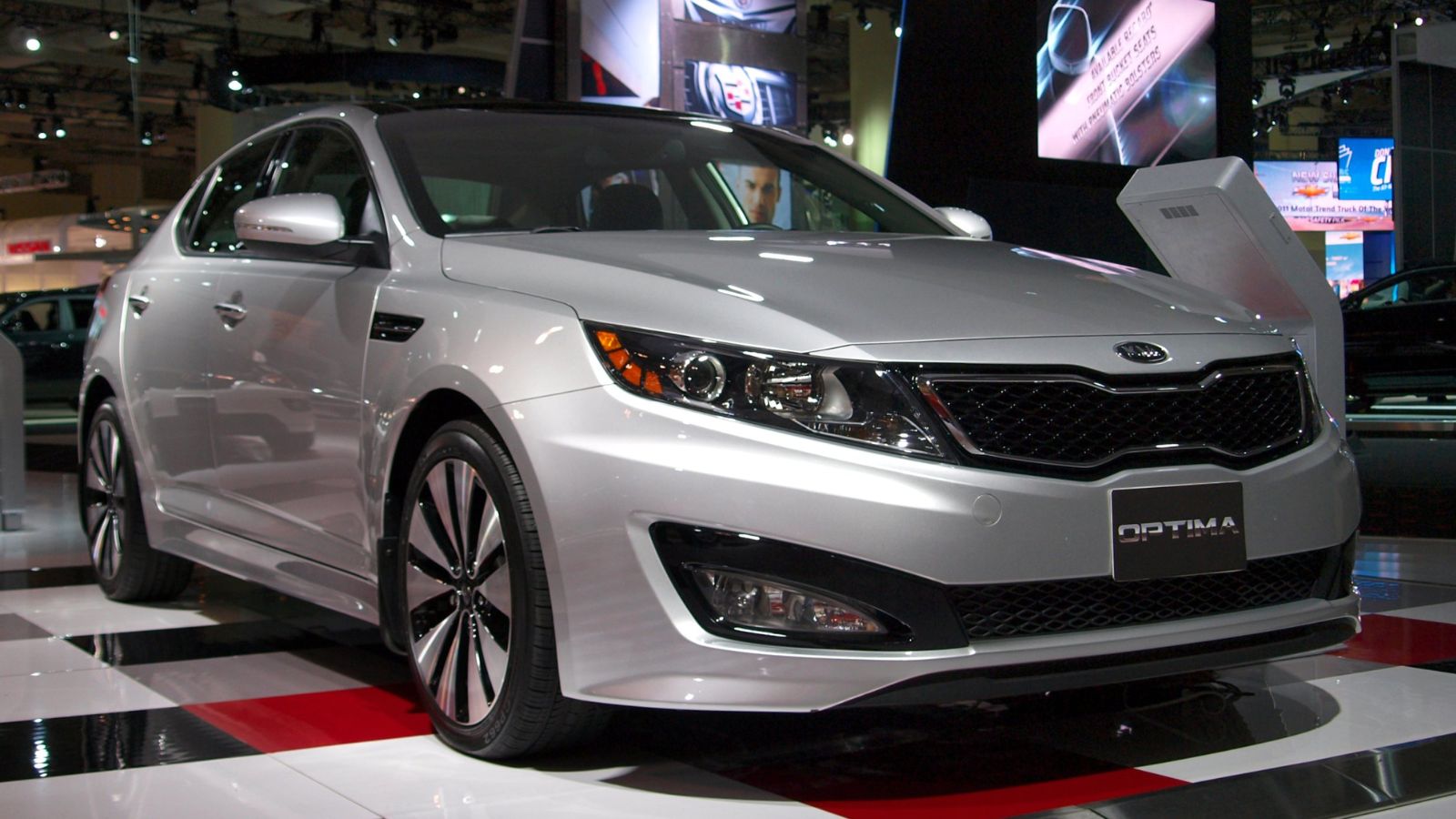
Sharing the same engines as the Hyundai Sonata, the Kia Optima of this era suffered identical issues. Premature engine seizures, excessive oil consumption, and costly failures became common stories among owners. Even when recalls addressed some of the problems, the stigma remained. While the Optima looked sharp and offered strong features for the money, Canadians quickly discovered that appearances don’t make up for poor engineering under the hood.
Dodge Caliber
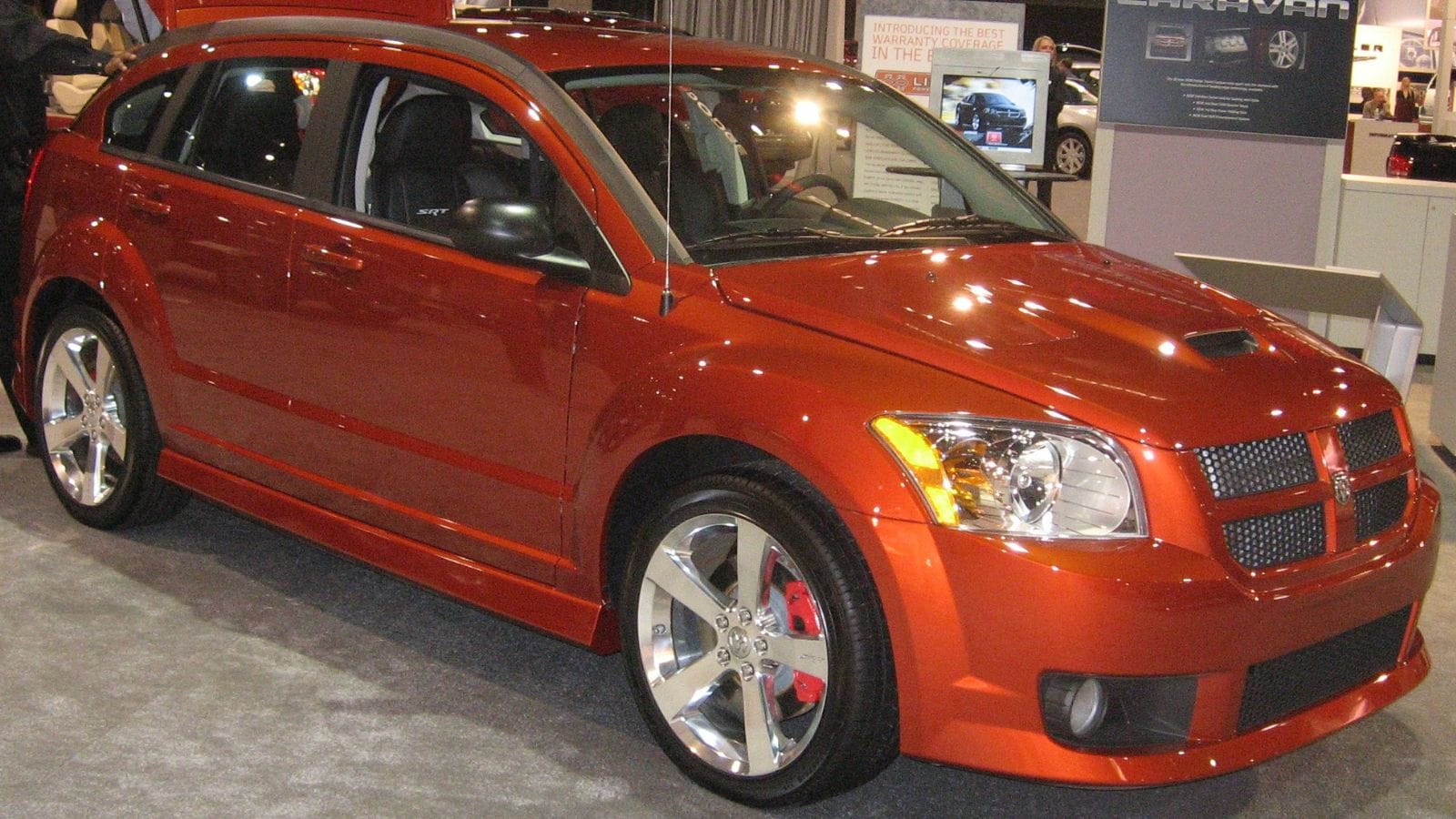
The Dodge Caliber tried to stand out as a compact car with crossover looks, but its engines were some of the worst in the category. The 2.0-litre and 2.4-litre engines were rough, noisy, and plagued with reliability problems. Valve and head gasket failures were frequent, and when paired with the fragile CVT transmission, ownership often became a nightmare. Canadians who bought them for affordability often ended up spending far more on repairs than the cars were worth.
Pontiac G6
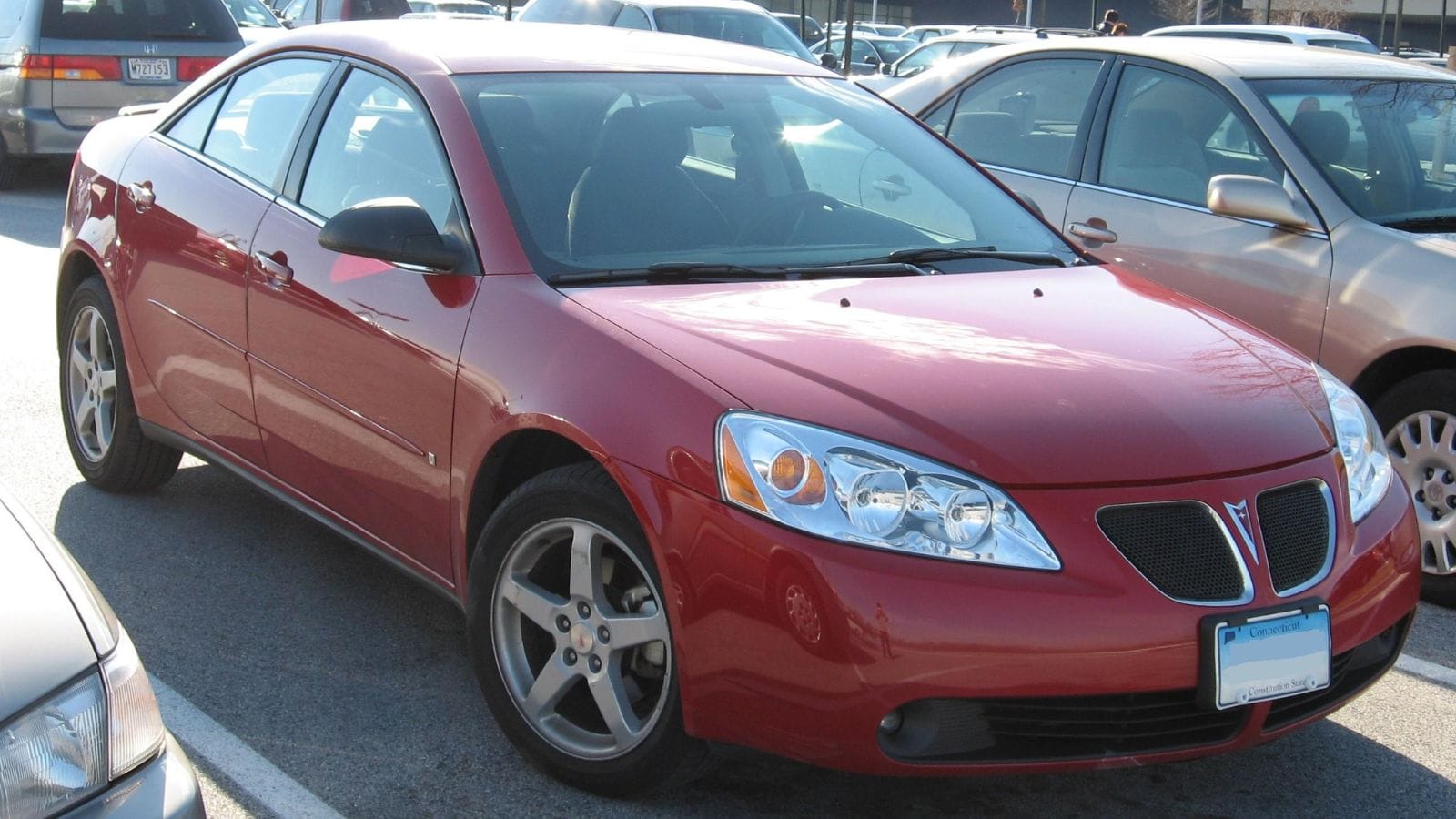
The Pontiac G6 was one of the last vehicles Pontiac sold in Canada before the brand disappeared, and its engines left a bad taste for many. The V6 engines in particular suffered from blown head gaskets, constant oil leaks, and overheating issues. Cold Canadian winters often made these problems worse, accelerating wear. With Pontiac gone, parts and support are scarce, leaving the G6 as a car that is both unreliable and impractical to own today.
Nissan Altima (2.5L)
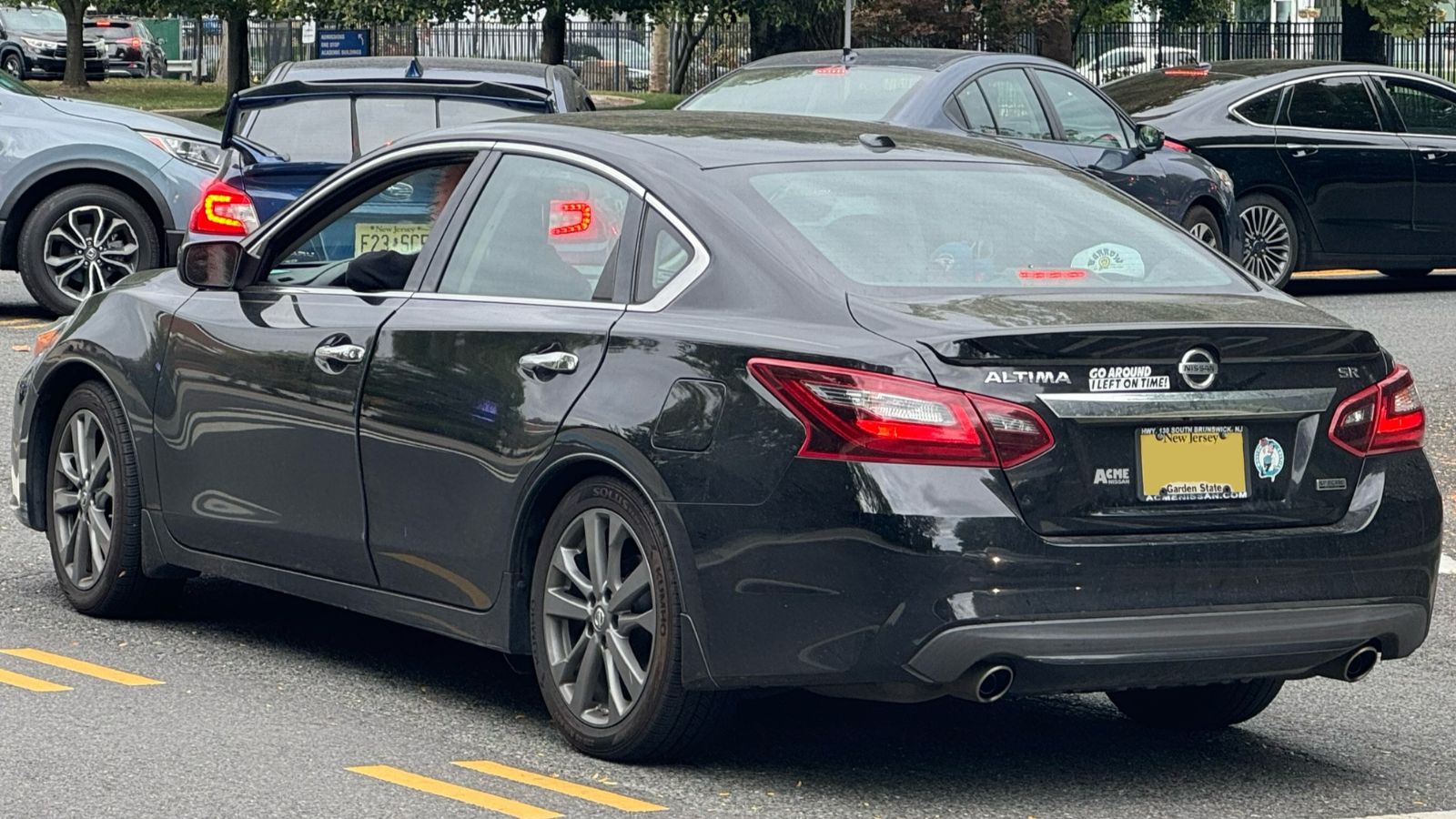
The 2.5-litre engine in the Nissan Altima was once praised for efficiency, but over time it became notorious for excessive oil consumption and premature wear. Many Canadian Altima owners reported engines burning through oil before even hitting 100,000 kilometres. Timing chain tensioner issues also added to repair costs. While the V6-powered Altimas were more durable, the four-cylinder models are now seen as money pits in the used market.
Jeep Patriot
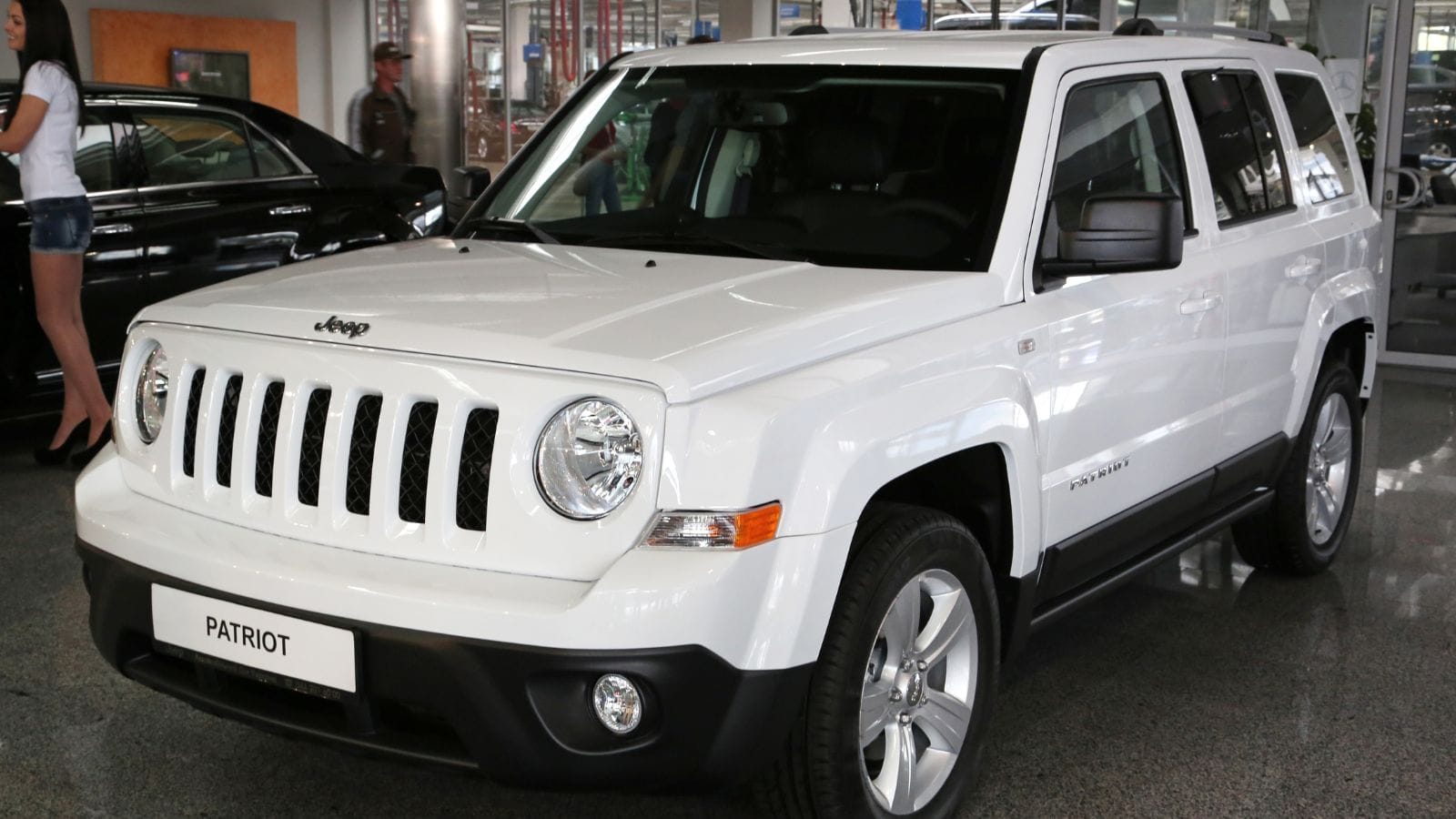
The Jeep Patriot was marketed as an affordable way into the Jeep brand, but its engines made it one of the least satisfying choices. The four-cylinder units were loud, underpowered, and frequently developed oil leaks. In harsh Canadian winters, they struggled even more, often refusing to deliver smooth performance or reliability. Many Patriots ended up being cheap to buy but incredibly expensive to keep running, and today they are best left in the classifieds.
Dodge Avenger
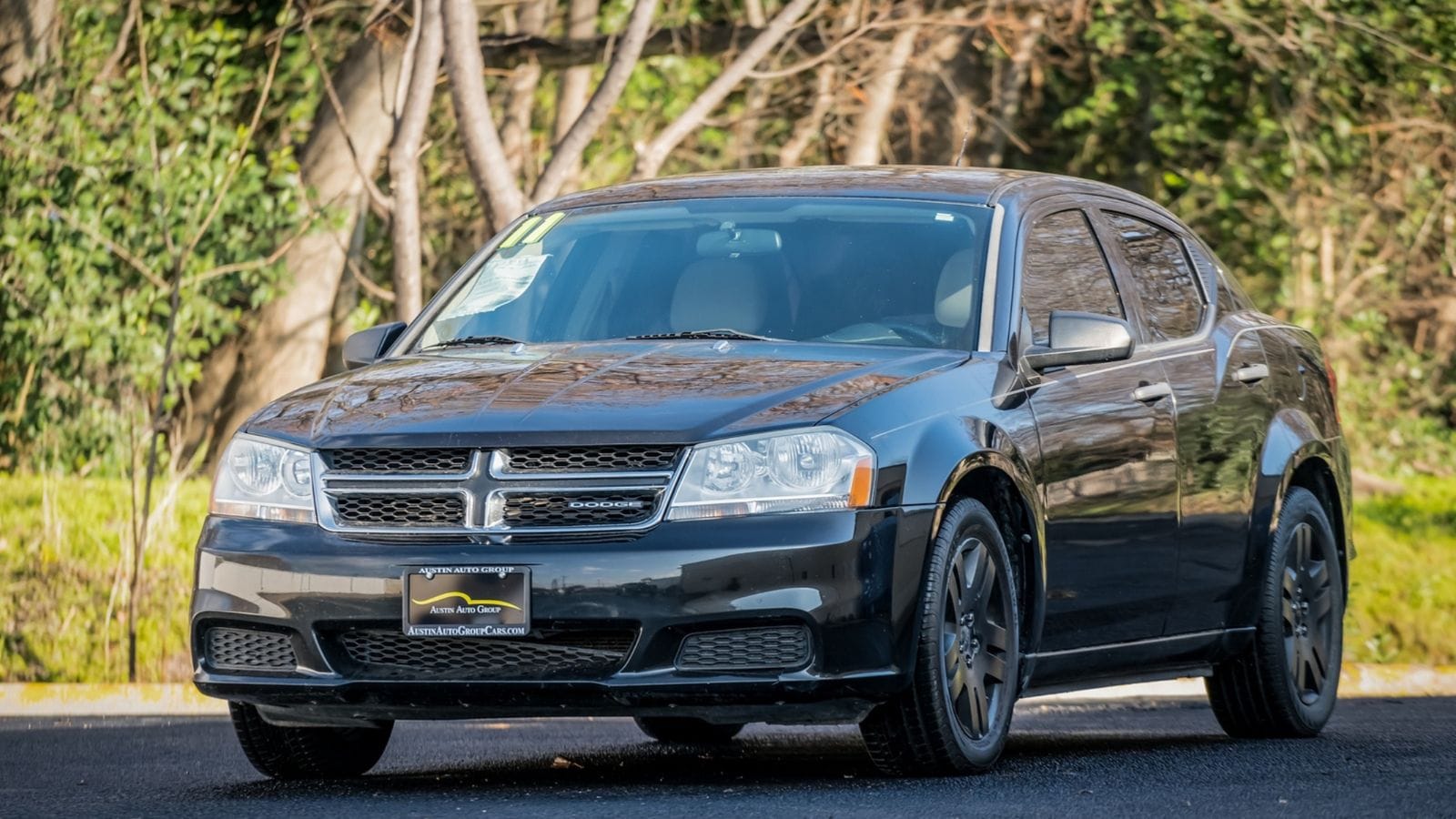
The Dodge Avenger carried over many of the same problems as the Sebring and Journey, with engines that were either weak or unreliable. Overheating was common, and leaks often appeared long before high mileage. Buyers expecting an affordable, dependable sedan found themselves pouring money into repairs. For Canadians, where reliability matters in freezing cold and long-distance driving, the Avenger quickly earned a reputation as a car to avoid.
Saturn Vue (3.0L V6)
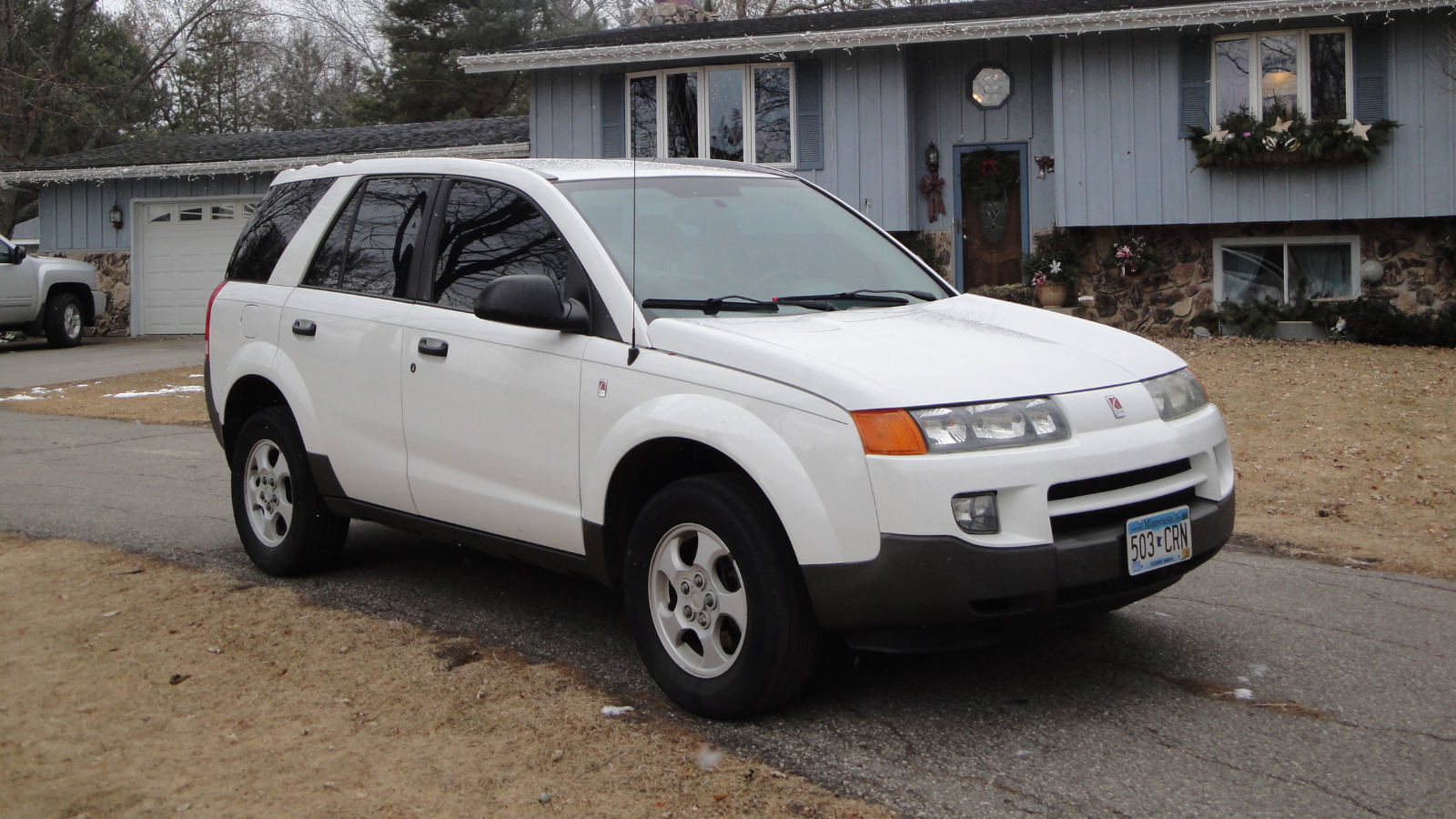
The Saturn Vue equipped with the 3.0-litre V6 is a case study in poor reliability. Timing belt failures often led to catastrophic engine damage, and other issues like oil leaks and electrical problems only compounded the trouble. With Saturn gone from the market, parts and service are harder to come by in Canada. That leaves Vue owners stuck with expensive repair bills and little support, making it one of the least desirable crossovers on the used market.
Chevrolet Malibu (2008–2012 2.4L)
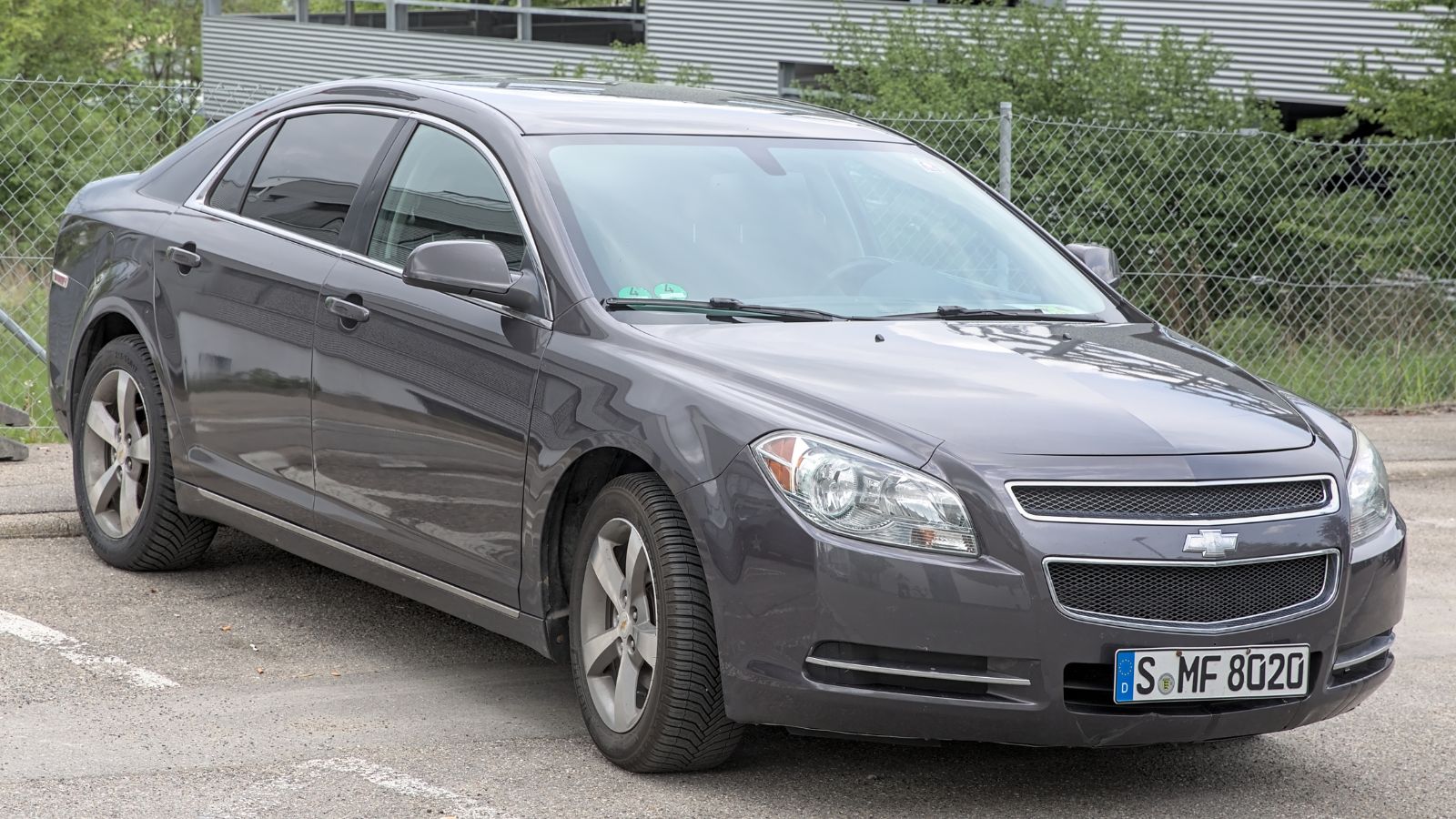
The Chevrolet Malibu’s 2.4-litre engine from 2008 to 2012 shares many of the same oil consumption problems as the Equinox. Many owners reported adding oil constantly between changes and facing early engine rebuilds. The Malibu may have looked appealing as an affordable family sedan, but its engines during these years made ownership costly. Canadians shopping the used market would be wise to look for newer generations instead.
Dodge Neon
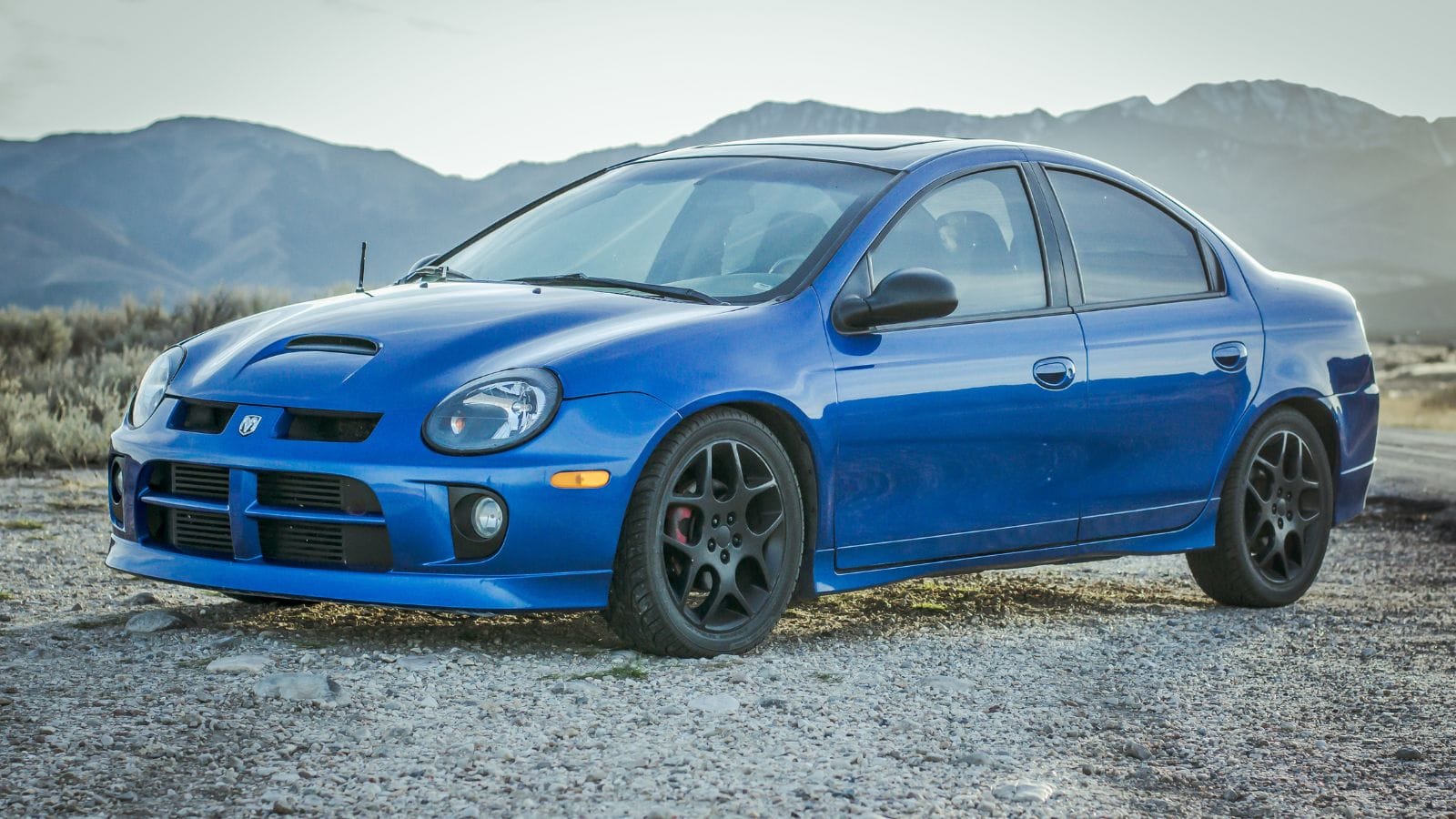
The Dodge Neon is remembered as cheap, cheerful, and utterly unreliable. Its engines were prone to catastrophic head gasket failures, often well before 100,000 kilometres. Combined with poor build quality overall, the Neon quickly became infamous for breaking down. In Canada, many were scrapped years ago, but the few that remain should be avoided if you don’t want endless mechanical headaches.
Volkswagen Passat (Early 2010s TSI Engines)
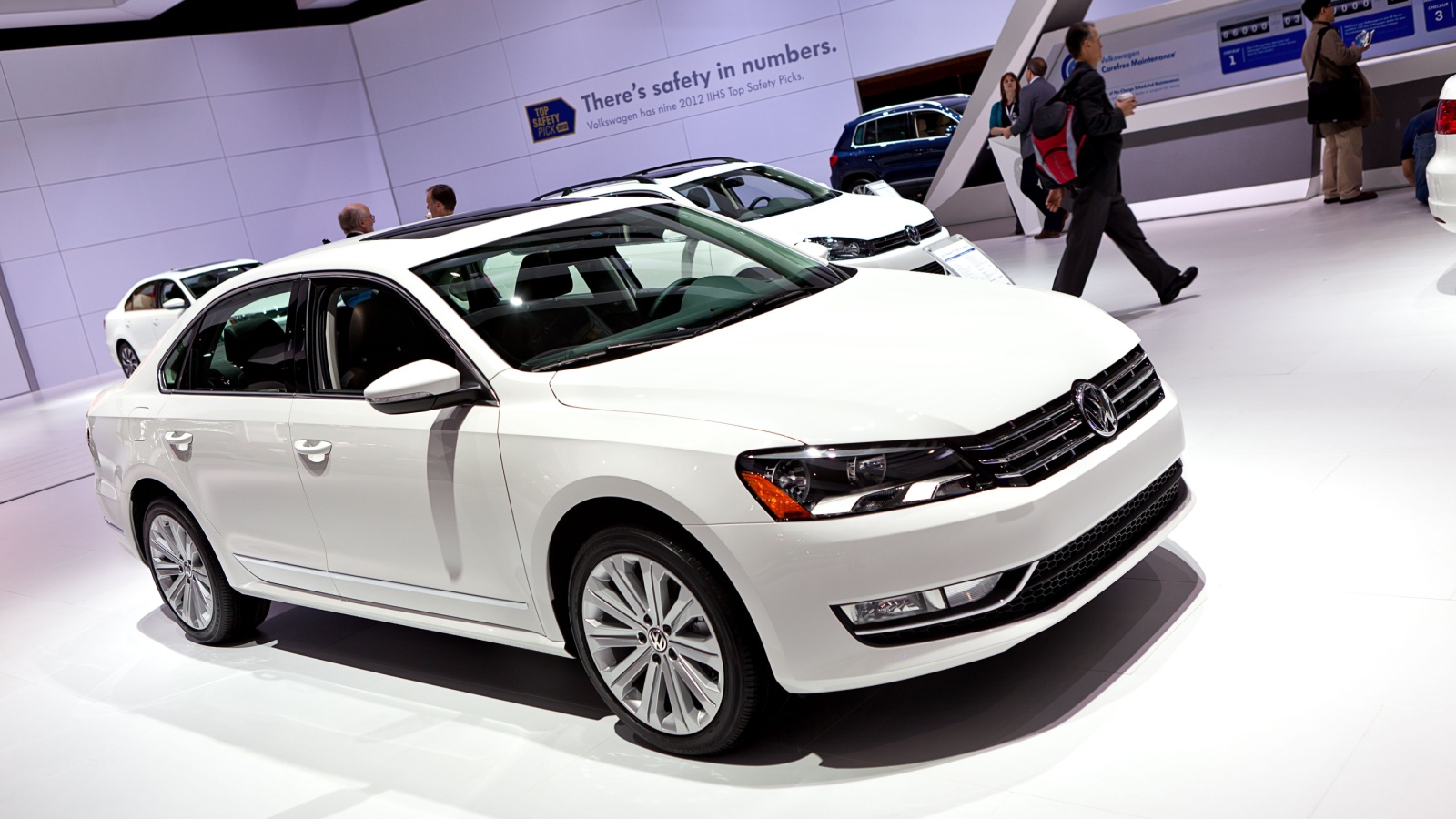
Volkswagen’s TSI engines in the early 2010s Passat promised strong performance, but reality didn’t match the hype. Excessive oil consumption, timing chain tensioner failures, and turbocharger breakdowns plagued these cars. In Canada, where winter conditions already test engines, these weaknesses hit even harder. The cost of maintaining or repairing one often exceeds what the car is worth on the used market.
Why These Cars Should Be Avoided
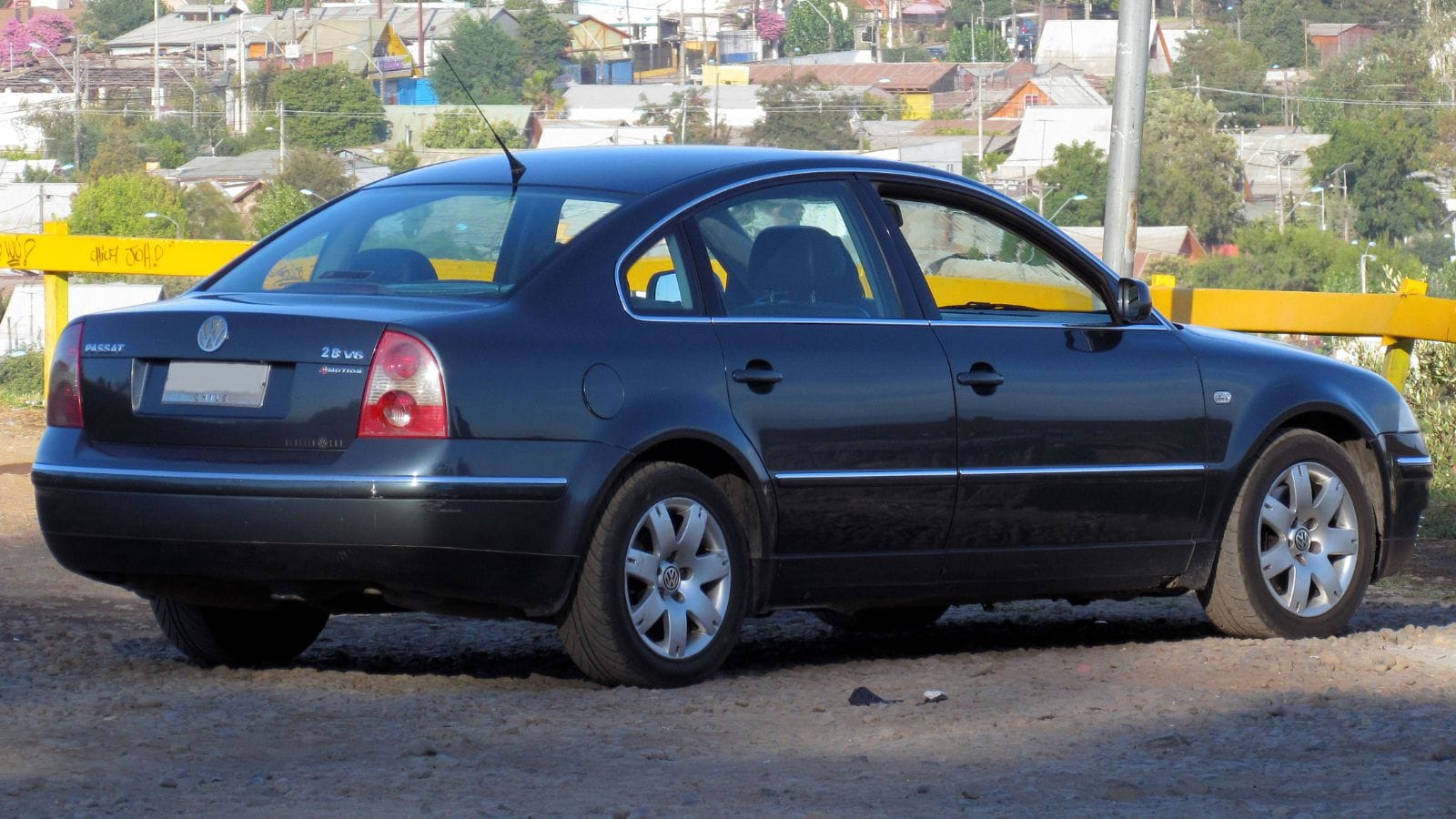
Engines are the backbone of any vehicle, and when they fail, ownership becomes a financial nightmare. The fifteen cars listed here struggled with everything from poor design to chronic oil consumption and catastrophic engine failure. While some may be cheap on the used market, their long-term costs outweigh any savings up front. For Canadian drivers dealing with harsh conditions and long commutes, avoiding these models is the best way to stay on the road without constant repair bills.
25 Facts About Car Loans That Most Drivers Don’t Realize

Car loans are one of the most common ways people fund car purchases. Like any other kind of loan, car loans can have certain features that can be regarded as an advantage or a disadvantage to the borrower. Understanding all essential facts about car loans and how they work to ensure that you get the best deal for your financial situation is essential. Here are 25 shocking facts about car loans that most drivers don’t realize:
25 Facts About Car Loans That Most Drivers Don’t Realize
